
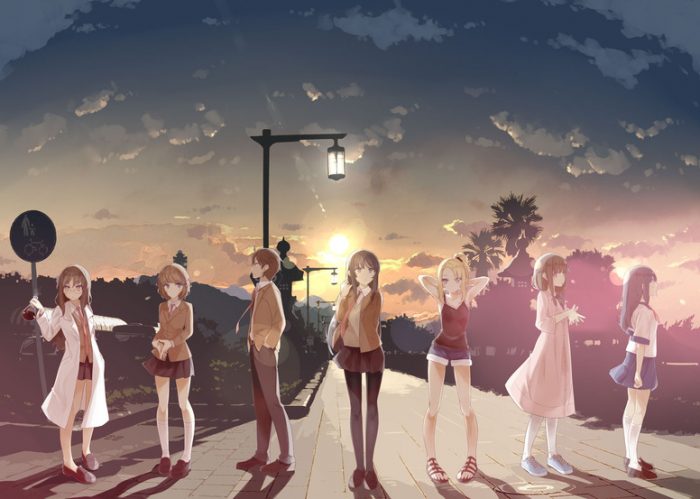
Looking back, the year 2018 has been a hell of a run for anime. Some big names joined us, others left us too soon, the new My Hero Academia movie became a monolithic milestone for theatrical releases of anime in the west and the Dragon Ball Super motion picture seems poised to do the same for 2019. So, let’s celebrate yet another banner year for the greatest medium in animation by looking back at its best examples of what is—for better or worse—the largest part of its output: its seasonal series.
10. Seishun Buta Yarou wa Bunny Girl Senpai no Yume wo Minai (Rascal Does not Dream of Bunny Girl Senpai)
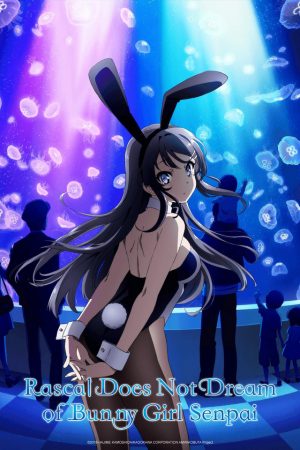
The difference between a walking cliché and an actual character often boils down to whether or not they have reasons within the narrative for fitting into their tropes that expand on their characterization. From a superficial glance, Bunny Girl Senpai seems like a show full of the clichés that seem inescapable in the world of light novel adaptations, but the reality of the series goes much deeper than that. Take our protagonist Sakuta, for example. He’s a withdrawn teenage boy who engages in minimal social interaction prior to the series’ inciting incident and doesn’t react very strongly to most things in the story, even if they often warrant it. This is fairly typical for heroes of this sort of plot because bland character writing is an easy way for lazy authors to get their audience of teenage nerds to project themselves onto the character. Sakuta is not a bland character though, he’s someone who has led a tough life which involved taking on massive responsibilities at a young age, which conditioned him to bottle up all of his emotions. This is naturally a very harmful way to deal with a difficult situation and the negative effects of this toxic lifestyle are what causes Sakuta to receive what the show dubs “adolescent syndrome.” This is the concept of mental hang-ups and issues being represented physically and it’s also part of what makes the show interesting as it allows for multiple characters to be explored in detail in a concise manner. Sakuta’s symptoms of adolescent syndrome are a set of claw marks that appear on his chest and begin to bleed as his repressed feelings begin to surface, a clever—albeit not subtle—way of showing how his internalized emotions are “clawing” their way out from within him. The way in which he learns to deal with it makes for an endearing character arc that brings a rollercoaster of emotions made only better by the equally good arcs of the many supporting characters that happen simultaneously. The show is a great example of a character-driven story.
9. Koi wa Ameagari no You ni (After the Rain)
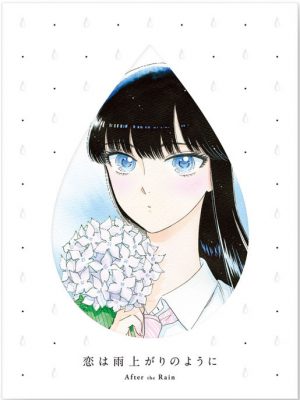
This is not a romance show. That might seem a bit odd to start off with, but you need to know that in order to not be put off by this show. Anyway, After the Rain follows a high school girl who falls in love with a middle-aged divorced father who is also her boss. She contrives ways to get closer to him on a physical and emotional level before eventually convincing him to go on a date with her, at which point they begin getting to know each other more closely. As that happens, we—the viewer—begin to learn more about them, their backstories and their passions. After the Rain is not a romance anime, but it is a show about love. Not love between two people—our male lead is not romantically interested in his employee and hangs out with her outside of work more out of politeness and respect than anything else—but the love we all hold for that one special something in our lives that makes us feel at home. We’ve all had something like this in our lives, a sport, an art, or perhaps something entirely different that resonated with us on a level like no other and After the Rain’s not-quite couple is no different. As their relationship develops, so does their history with their passions. They’ve both had to leave theirs behind for personal reasons, but through their friendship, they begin to think that leaving their niches behind may not be as easy as they had thought. It’s a touching story told through a gorgeous art style that blends shoujo and seinen sensibilities—reflecting the two leads—and has a lightly subdued color palette with a number of pop-y elements that match perfectly. We’d be remiss if we didn’t mention that the backgrounds are pretty flat and don’t fit the very stylized characters that well, but it’s a small price to pay for such a gripping anime.
8. Wotaku ni Koi wa Muzukashii (Wotakoi: Love Is Hard for Otaku)
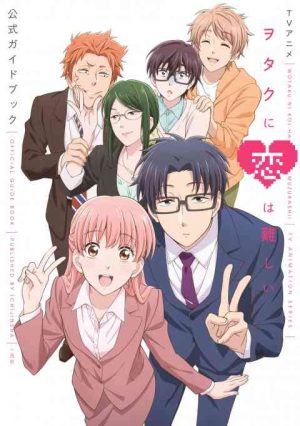
Okay, this time it's actually a romance show. Or more accurately, it's a part romantic, part comedic, and part dramatic exploration of dating between otaku. It may seem hard to believe that one show could pull off all those tones in only 11 episodes without feeling half-baked, but thanks to strong characterization communicated through witty dialogue delivered at an expert pace where every exchange in every scene last just long enough to be developed while also being quick enough to fit a lot of it in each individual episode. It’s not the prettiest show, as should be expected from an A-1 Pictures production, but what the visuals lack never gets in the way of the storytelling and all audiences will surely be able to enjoy seeing its ensemble cast’s lives through moments big and small, both touching and uplifting
7. Sora Yori mo Tooi Basho (A Place Further Than the Universe)

And now for something different, but not completely. This is a show that centers around one major moment in the lives of its ensemble cast, specifically a trip to Antarctica. Why Antarctica specifically? Well, there are reasons for it explained in the narrative, but the real reason lies within the show’s thematic layer. For each of the girls that make our cast, the journey on which they embark parallels an internal journey toward independence, each of them wants to feel free and self-sufficient so what better place to realize that ambition than the only ungoverned continent on Earth? What exactly this freedom means has its own differentiating nuances between each character that are revealed as the bonds between the group strengthen throughout the series. Their dynamic is expertly developed through both writing and visual direction and while the pastel highlight color palette may turn some people off, the gorgeous frozen landscapes make it worth sticking through until the end. If you’re sad that Kyoto Animation went a full year without engaging in their classic cute moe girls formula, you owe it to yourself to give this a watch.
6. Mitsuboshi Colors
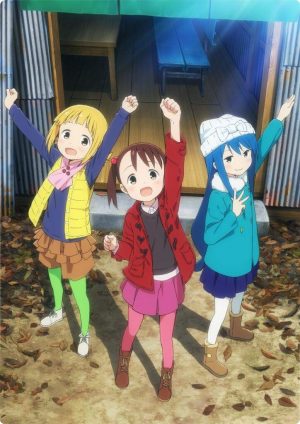
Speaking of a cute girls moe show, we have easily the most underrated show of the year. When Mitsuboshi Colors premiered, its first episode’s funniest gags spread throughout the internet like wildfire, but it never really received the same level of attention after that. The series follows the Colors, a club comprised of 3 small girls as they try to find fun ways to spend their days together. Their favorite activity is protecting the town from attacks, after all, all the grownups are always busy, so they can’t rely on them to do it. That sort of attitude is exactly what makes Mitsuboshi Colors special; it has a loving representation of childhood, accurately capturing the blissful innocence of this period of life, leaving no nostalgic feelings unearthed. These girls are cute, not because of contrived character traits that pander to moe sensibilities, but because more so than any other show in the genre, they all feel like real little girls.
[ad_middle class="mb40"]
5. Aggressive Retsuko (Aggretsuko)
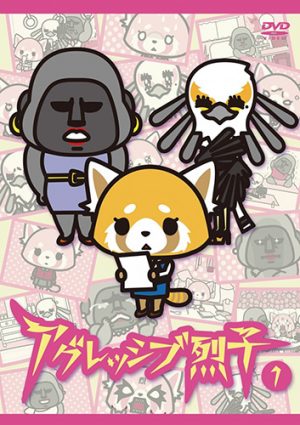
Wotakoi reminded us how great anime in an office setting can be, and Aggretsuko was quick to back it up. Like the former show, Aggretsuko follows a colorful of working adults, but unlike Wotakoi, all the characters are anthropomorphic animals. If you somehow haven’t heard, the ones responsible for this series are none other than Hello Kitty creators Sanrio and they’ve brought their appealing character aesthetic to the project in full force. All the characters in the show may be cute and cartoony, but as the series goes on, we see that they’re more complex than even a lot of human characters. Everyone has their own personal troubles and their own ways to cope with them. The show weaves a complicated web of personal relationships that are explored through hilarious gags, lovable character moments and lots and lots of death metal and we empathize and identify with all of its cast members throughout the whole thing.
4. Boku no Hero Academia 3rd Season (My Hero Academia 3)
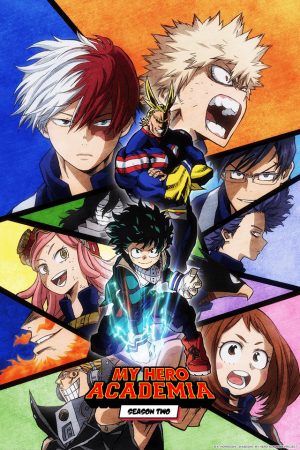
How do you make the best superhero fiction to be put on screens in Avengers: Infinity War’s year of release? Well you start with endearing characters who are just as varied in their personalities and ideologies as they are in their superpowers, then you introduce enough new characters to expand the world and add more layers to the plot without making the show feel crowded, then you throw in a plot filled with conflict and intrigue that challenges them all on an intellectual level and a dash of the year’s best sakuga and you’re there. HeroAca spent 2018 continuing its transformation from digestible shonen romp to an introspective look at the lives of some of the current media's most beloved characters. And all that without mentioning the high-flying action that at its best makes Hollywood's big summer blockbusters look tepid. This series keeps getting better and better, and we hope to see its upcoming 4th season reach an even higher spot on our list of the best anime series of 2019.
3. JoJo no Kimyou na Bouken: Ougon no Kaze (JoJo's Bizarre Adventure Part 5: Vento Aureo)
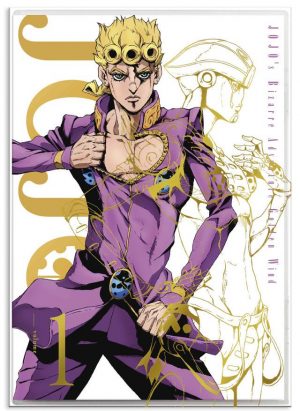
It may seem premature to put a show that hasn’t ended yet on our best of the year list, but with Jojo’s, there's no doubt that the series as a whole will stay just as amazing. The 5th part of Hirohiko Araki’s magnum opus of shonen/seinen manga isn’t quite the best one, but it’s pretty damn close and David Productions’ adaptation of it has been just as on point as it was for the previous 4 excellent parts. The anime brings all new dimensions to the legendary series through clear expertise in cinematography, coloring and especially sound design. And since part 5 contains many of the best fights in the entire franchise, we wouldn’t dream of forgetting about the visuals that let us see them in motion. The world of Jojo’s never fails to stimulate the imagination, creating a compelling fantastical reflection of our own, so being able to see it through beautifully fluid animation which maintains an astounding amount of detail on a consistent basis is a feast for the senses. A special shoutout goes to Rin Ogawa and especially Takahito Katayama, two animators responsible for almost all of the best-looking moments in the show and the most impactful moments of the year by extension. It seems like there’s nothing this show can’t do.
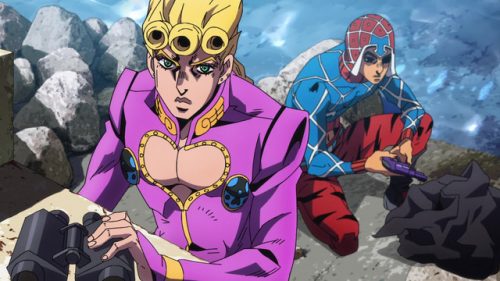
2. Devilman: Crybaby
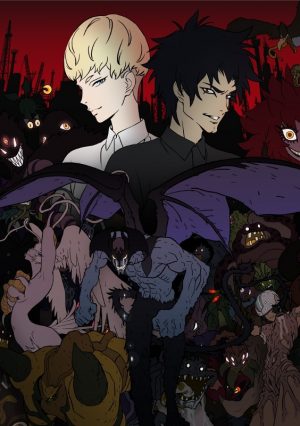
There’s nobody in anime quite like Masaaki Yuasa. Beyond having a visual style unlike anyone else in the industry, he’s built up a well-deserved reputation as one of the greatest anime auteurs of our time. Through projects like Kaiba and Ping Pong: the Animation, he’s earned a place among the likes of Mamoru Oshii and Satoshi Kon for his evocative work as well as the feelings of fascination and alienation he is able to consistently inspire in viewers. His take on Go Nagai’s famous Devilman manga is probably not his best work and occasionally feels restricted by its episodic structure, but it never fully becomes a simple commercialized anime either. Yuasa’s touches are all still here: his garish, yet inviting neon coloring style, his combination of highly abstract art with realistic movement and overall gorgeous design sense. This all goes a long way towards selling both the dramatic character moments and visceral displays of violence and gore that made the source material so special. Devilman: Crybaby arguably never fully reaches the same heights of arthouse cinema that Yuuasa’s best have, but it still mostly comes off as his unfiltered artistic interpretation of Nagai’s masterpiece and if all that stuff still doesn’t appeal to you, then you’ve still got some beautifully gory fight scenes to look forward to. It’s rare that a visionary anime director gets to adapt the work of a visionary mangaka like this, so be sure to give it a watch.
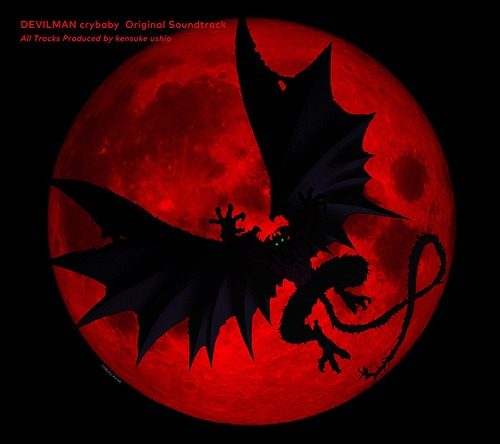
1. Megalo Box
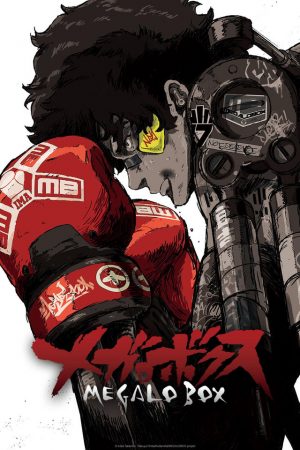
At the crossroads between shonen battle anime and shonen sports anime lies Megalo Box, a story about the downtrodden who are ignored by the privileged, about the spirit of sportsmanship, about making the best possible life for oneself and about boxers in the future who beat the ever-loving shit out of each other with robotic enhancements. This show is an adaptation of the classic 60s boxing manga Ashita no Joe, though it focuses much more on adapting the themes and feelings expressed over the characters and scenarios used to share them. Perhaps its biggest accomplishment is its ability to somehow explore almost all of these thoughts and feelings just as well as the original 20 volume manga. It does this in part thanks to a quick pace that never feels rushed and character writing that will convince everyone that this story isn’t still being talked about 50 years after its debut for nothing. It’s also thanks to a gorgeous visual style that features grain and grit that we haven’t seen realized this well since the industry made the move to digital coloring. Add the kickass fights and the testosterone-fueled hard rock/hip-hop soundtrack and you’ve got a show that reaches the heights of the anime classics that brought the first anime boom to the west during the Toonami era. And the great parts of the show don’t even begin to stop there. We published several articles on how the show accurately replicates real boxing and incorporates it into its visual storytelling and there are a ton of other little subtle visual tidbits that add to the narrative and call-backs to the original Ashita no Joe that reward viewers for being attentive without ever distracting from the plot. Looking over it even further, relevant commentary on modern Japan and the politics of professional athleticism are also abundant. We said in our top 10 flops of 2018 list that the worst kind of anime becomes worse the more you think about it, but the more thought we put into Megalo Box, the clearer it becomes that it is the best show of 2018.
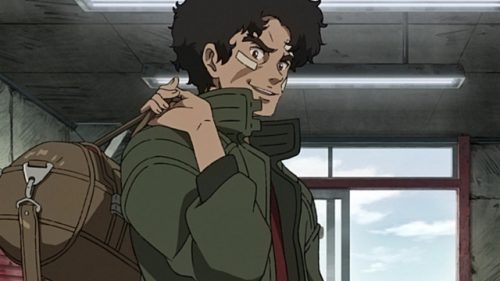
Final Thoughts
Some otaku say that they don’t watch current anime because they find they don’t enjoy it as much and we don’t begrudge their personal preferences, but we can say with certainty that they—and everyone else for that matter—will be missing out if they skip the great shows 2018 gave us. But what were your favorite anime series of the year? Let us know in the comments below and be sure to stick around as we continue to cover the anime industry throughout 2019. Here’s to another great year.
[recommendedPost post_id='253265' url='' title='' img='' class='' widget_title='']
Add Comments